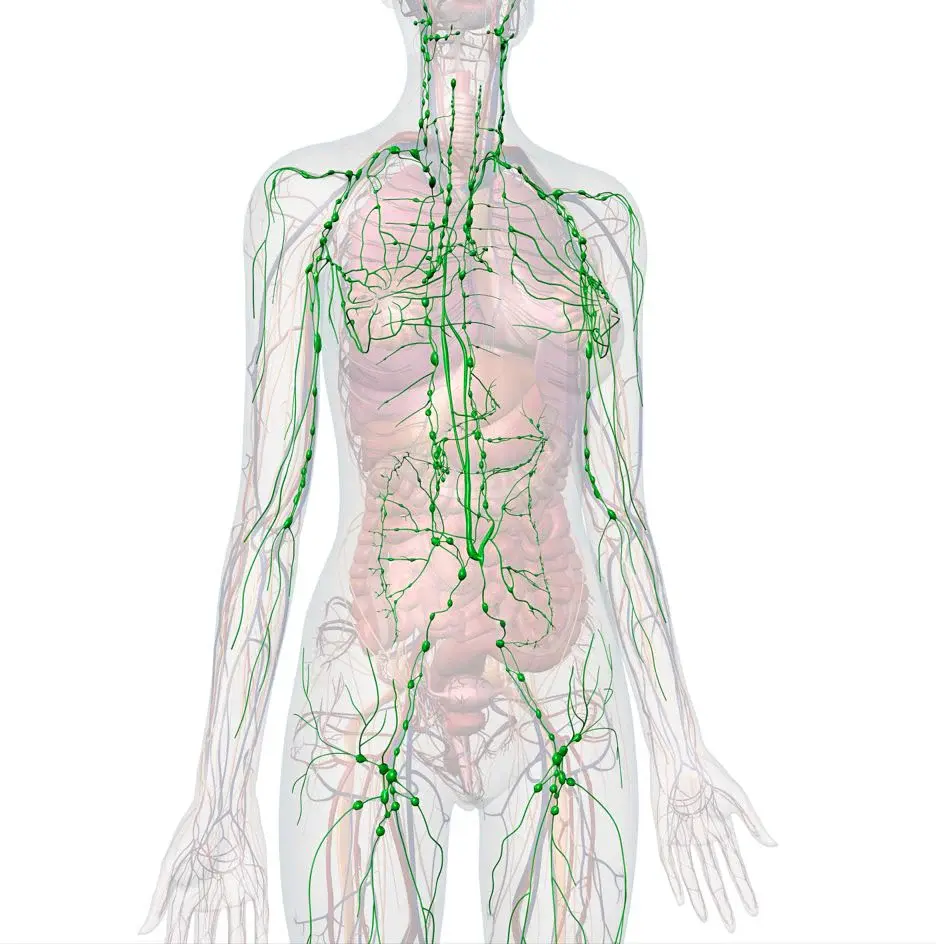The lymphatic system plays a vital role in maintaining overall health by supporting the immune system and promoting detoxification. Lymphatic drainage, a specialized massage technique designed to encourage the natural movement of lymph fluids, has numerous health benefits. Understanding how lymphatic drainage works and its direct impact on the immune system can help you optimize your well-being.
Lymphatic drainage is a gentle, rhythmic massage technique that stimulates the flow of lymph fluid throughout the body. Unlike the circulatory system, which relies on the heart to pump blood, the lymphatic system depends on movement, muscle contractions, and external stimulation to transport lymph fluid. This technique helps remove toxins, excess fluids, and waste products, reducing swelling and promoting a balanced internal environment. In my sessions, I stress the importance of moving your body and tapping. The body is made to move.

By enhancing lymph flow, lymphatic drainage supports the body's natural defense mechanisms, helping to prevent illness and infections. It can also help reduce fluid retention and swelling, particularly for individuals recovering from surgery, injury, or chronic conditions like lymphedema. Stimulating lymph flow aids in the detoxification process, leading to improved energy levels and overall health. It promotes better blood circulation and oxygenation of tissues, leading to healthier, more radiant skin and reduced signs of cellulite. Removing toxins helps with younger looking skin as well!
Some of the main organs and body parts made of lymphatic tissue are lymph nodes, tonsils, spleen thymus, Mucosa-associated lymphoid tissues (MALT) includes clusters of lymphoid tissues found in mucosal surfaces, such as the gastrointestinal tract (GALT), respiratory tract (BALT), and urogenital tract (MALT), Peyer’s patches, bone marrow (bone marrow is where lymphocytes (white blood cells) are produced), lymphatic vessels and the appendix (the appendix contains lymphatic tissue that plays a role in immune function).
The immune system relies on the lymphatic system to transport white blood cells and other immune-supporting substances to areas of the body where they are needed most. Lymph nodes act as filters, trapping bacteria, viruses, and other harmful invaders before they can spread. If you're congested in your sinuses, you're more than likely congested throughout your entire body.

Incorporating lymphatic drainage into a wellness routine can have profound benefits for immune health, detoxification, and overall vitality. By prioritizing lymphatic health, we can take a proactive approach to supporting our body's natural defenses and enhancing overall well-being.
There are several methods to do lymphatic drainage, including manual techniques, tools, and lifestyle habits. There are different ways to move lymphatics along with manual massage that I perform, such as, dry brushing, using gua sha, exercise and movement, air compression, hydration and diet, hot and cold therapy, infrared sauna. My personal choices are using a rebounder and vibration exercise plate daily. Walking is always the best way to start moving your body’s lymphatic system, and even better outdoors in nature.
As a board-certified massage therapist with specialized training in Manual Lymphatic Drainage (MLD), I’m passionate about the profound benefits of this therapeutic technique. Whether you're recovering from surgery, dealing with chronic conditions like lymphedema, or simply seeking a way to boost your wellness routine, MLD can play a vital role in maintaining overall health.

Komentar